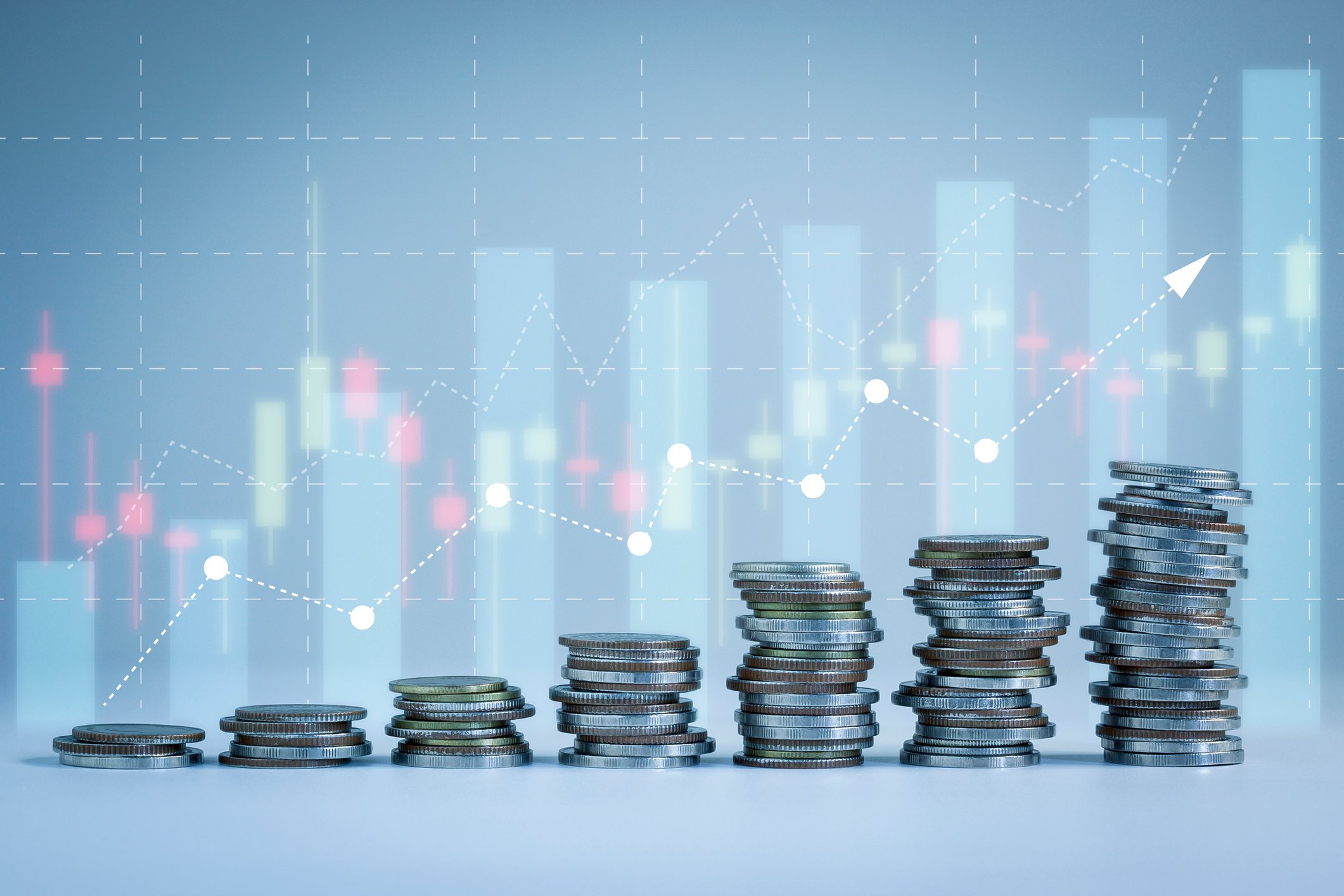Energy stocks have been very unkind to income investors this year. The dramatic drop in oil prices is causing oil-related companies to slash or eliminate dividends that were once thought to be on solid ground. However, there is one energy company proclaiming that its generous payout is rock-solid, and that's energy infrastructure giant Kinder Morgan (KMI +0.55%). The company's CEO Richard Kinder spent some time on the company's last conference call walking investors through the math, showing that the plunge in oil prices won't cause its dividend any harm.

Source: Kinder Morgan.
Setting the stage
Mr. Kinder started off his comments on the company's dividend by saying:
Looking to the future, we said when we announced the merger of all the Kinder Morgan entities back in August of 2014 that we expected to be able to declare a dividend of $2 for calendar year 2015, to grow that dividend at a compound annual rate of 10% out through 2020, and to have more than $2 billion of excess coverage over that period from 2015 through 2020. We are still comfortable with the first two projections.
As he notes, the original plan when the company announced the merger with its MLPs was to pay a generous dividend in 2015 that would grow by 10% per year. Further, that dividend would be on very solid ground as the company expected its cash flows to outpace its dividend payments by more than $2 billion over the next five years. Despite the drop in oil prices, he's still very comfortable with the company's initial outlook:
And we are still comfortable that we will have substantial excess coverage, but I have to admit it's hard to ascertain exactly what that amount will be given the recent volatility in commodity prices. But as an example, and an effort to be as transparent as possible, let's just take a look at 2015. When we released the outlook in December of 2014 for the year 2015, we based it on $70 oil and $3.80 gas. That's what we assumed when we did our budget back in the fall of 2014, and it represented the forward curves at that time. [...] Now in this world of lower commodity prices, we've looked closely at the impact on our excess cash and found it to be about $10 million per $1 change in crude price, and that's about $7 million in our CO2 segment that you heard us mention time and time again, pretty consistent from year to year, and about $3 million throughout all of our other business segments in the Company. In addition, we think we have sensitivity of about $3 million for each $0.10 change in natural gas prices. Like everyone, we are unable to predict exactly where the prices will be for 2015 [...]
Kinder notes that oil prices are currently well below the company's initial budget of $70 per barrel in 2015, which will have an impact on the company's cash flow. However, the math still is very much in the company's favor no matter where oil prices ultimately level out, as we'll see in a moment.
Working through the math
He then works through the math with investors given the company's sensitivity to oil and gas prices by providing the following example:
In an effort to be even more transparent, and without predicting prices at all, let me just take you through an example. Let's say you want to take our outlook and say, I believe we are going to have an average of $50 WTI crude price this year and an average of $3.20 on Henry Hub natural gas prices. What would that do to this $654 million of excess coverage on top of the $2 dividend. You would start with the crude, and you would say crude is going down by $20 a barrel. Our sensitivity is $10 million per $1, therefore, that is a $200 million degradation. On the natural gas side, if we went from $3.80 to $3.20, that's a $0.60 degradation, which would be six times $3 million or $18 million. That gets you to a total of $218 million. You take that off the $654 million, and you have $436 million of excess coverage still there over and above paying a $2 dividend.
As Mr. Kinder clearly points out the company's dividend is on rock-solid ground at current oil prices. Further, there is enough excess cash flow to provide a nice cushion should oil prices keep falling.
Investor takeaway
Kinder reiterated this by closing out his comments on the dividend:
[...] But the bottom-line message from me would be that we still have lots of excess coverage. And you can roll that forward to other years and talk about exactly where the excess coverage is, and it gets even more difficult, obviously, the further out you go, because who knows what the prices will be then. But I think the main thing is this kind of toll road structure that we have allows us to survive and prosper very nicely even in a low commodity price environment.
In an environment where so many energy dividends have been taken away or reduced as a result of plunging oil prices, it's nice to see one dividend on solid ground. Kinder Morgan's payout has no risk of being reduced this year, and it should still be growing by 10% per year for the next few years.






